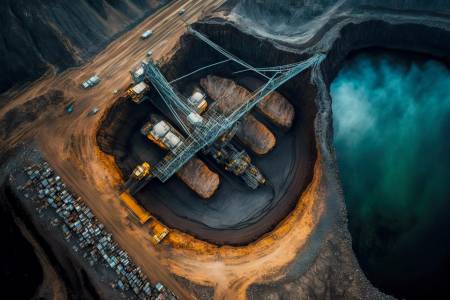
Mineral processing, also known as extractive metallurgy, is the science and art of liberating valuable minerals from their ores. This comprehensive guide delves into the intricate processes involved in transforming raw materials into valuable commodities, empowering you with the knowledge to optimize efficiency and profitability within the mining industry.
This resource covers:
I. Fundamental Principles:
II. Advanced Topics:
III. Case Studies and Examples:
The guide includes numerous real-world case studies illustrating the application of mineral processing principles to various ore types and mining scenarios. These examples showcase successful implementations and highlight potential challenges.
Who should read this?
This resource is invaluable for:
Benefit from:
Invest in your knowledge and unlock the full potential of your mineral resources. Order your copy of Mineral Processing today!